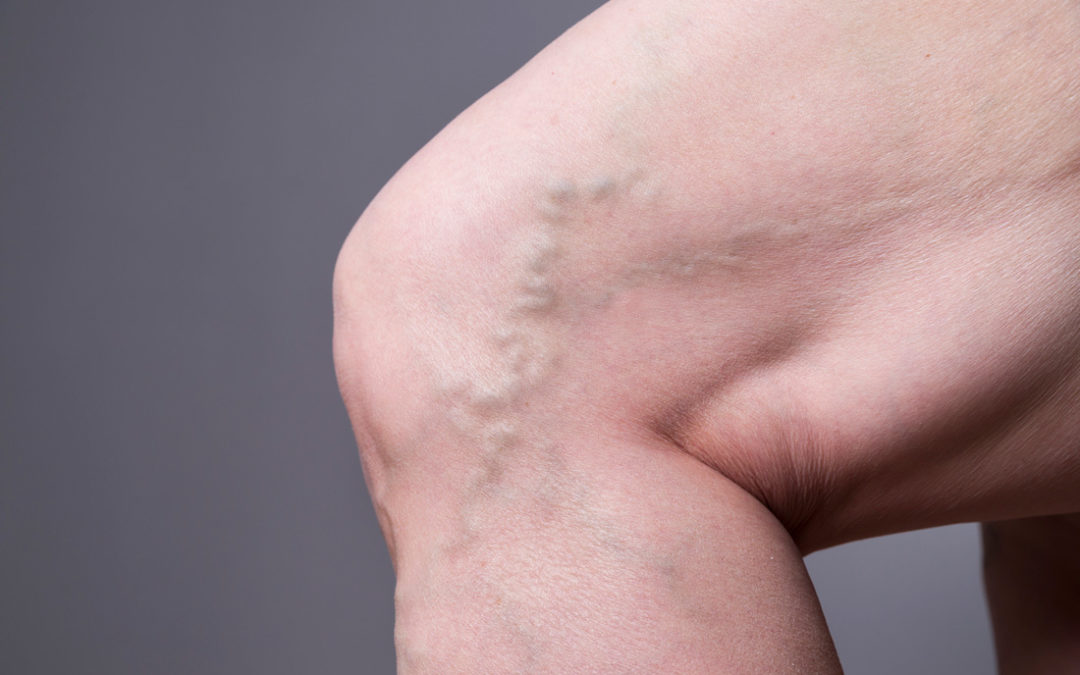DVT (deep vein thrombosis) is a condition that can lead to serious medical complications and even death, if left untreated. If you have risk factors associated with deep vein thrombosis, your doctor may recommend wearing compression stockings.
Benefits & Uses of Compression Stockings for DVT
Compression stockings fit tightly around the legs in order to increase blood flow. In turn, this helps prevent swelling in the legs and can also prevent blood clots from forming. If you struggle with varicose veins, medical grade compression stockings may help with this as well.
How Do Compression Stockings Work?
Research has shown that compression stockings are highly effective at preventing deep vein thrombosis. When you wear these stockings regularly, you keep yourself safer from a possible pulmonary embolism and other serious DVT complications.
At first glance, most compression stockings look like normal stockings or knee socks. Some also come thigh high. Once you put them on, however, you’ll notice that most are tighter than average stockings. This tightness is what makes compression stockings effective because it gently encourages blood flow and circulation in the legs, making it far less likely for a blood clot to appear and possibly move up to the lungs.
How to Use Compression Stockings
Depending on your situation, you may be told to start wearing compression stockings only during a lengthy hospital stay or period of bedrest. Some individuals are told to start wearing compression stockings after vein treatment or the diagnosis of DVT.
Alternatively, your doctor may tell you to start wearing compression stockings consistently on a daily basis in order to prevent DVT and possible complications. The stockings can also help prevent the formation of varicose veins.
To purchase the right stockings for your body type and situation, measure your legs.
For thigh high and full-length stockings, measure:
- The full length of your legs (from the top of your thigh to the ground)
- The widest portion of your thigh
For knee-high stockings, measure:
- The widest portion of your calf
- The narrowest portion of your ankle
- The full length of your calves (from the back of your knee to the ground)
Choosing Your Compression Stockings
Compression stockings come in a variety of compression levels. Each pair is measured in mmHg (millimeters of mercury). Generally speaking, tightness levels can be categorized as follows:
- Mildly Firm Compression: 8 to 15 mmHg
- Moderately Firm Compression: 15 to 20 mmHg
- Firm Compression: 20 to 30 mmHg
- Extra Firm Compression: 30 to 40 mmHg
For most deep vein thrombosis prevention, the optimal compression level is “Extra Firm” (30 to 40 mmHg). But your doctor can help you choose a desirable compression level for your unique needs.
Keep in mind that some compression stockings can be purchased in the store and don’t require a prescription — usually those that are up to 20 mmHg (millimeters of mercury). But firmer stockings will require a doctor’s prescription.
Treatments for Venous Issues
At Schulman Vein and Laser Center in Manhattan, New York, we offer numerous treatments for the care of venous issues:
Finding Vein Treatment in Manhattan, NY
Though the chances of developing deep vein thrombosis are low for most people, some individuals are at higher risk. Therefore, it’s always wise to take essential precautions as soon as possible and to treat any venous issues you are concerned about.
Contact Schulman Vein and Laser Center in Manhattan today to meet our vein physicians in Manhattan, NY and schedule an appointment.

